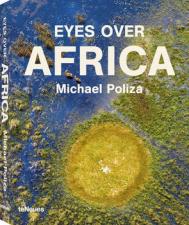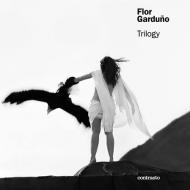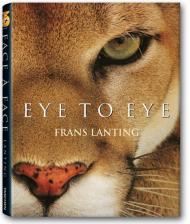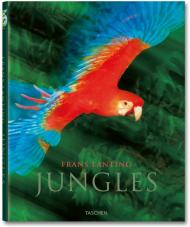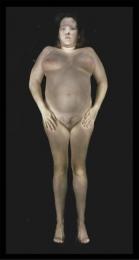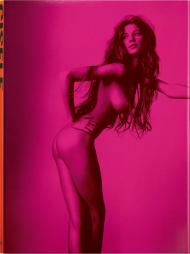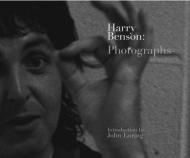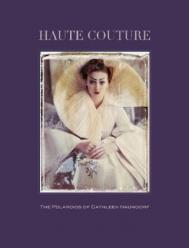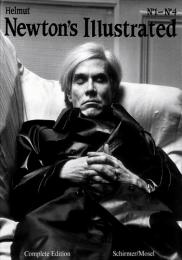Видавництво MÖREL з гордістю представляє найважливішу на сьогодні ретроспективну книгу, присвячену українському художнику Борису Михайлову (народився 1938 року в Харкові).
Вважається одним із найвпливовіших сучасних художників Східної Європи, він понад п'ятдесят років розробляє низку експериментальних фотографічних робіт, що досліджують соціальні та політичні теми.
Новаторська практика Бориса Михайлова охоплює документальну фотографію, концептуальні роботи, живопис та перформанс. З 1960-х років він створює зворушливий літопис бурхливих змін в Україні, що супроводжували розпад Радянського Союзу, та катастрофічних наслідків його розпаду.
У надзвичайно багатому корпусі робіт, який не піддається категоризації, Михайлов руйнує візуальні коди. Винаходячи власну художню мову в серіях, що надзвичайно різняться за технікою, форматом та підходом, він свідчить про суворі соціальні реалії та абсурд свого часу.
Поєднуючи гумор і трагедію, Борис Михайлов невпинно захищає художню свободу як засіб опору. Завдяки своєму безкомпромісному трактуванню суперечливих тем він демонструє підривну силу мистецтва.
Понад півстоліття він є свідком впливу радянської системи на свою країну, створюючи складну та потужну фотографічну розповідь про сучасну історію України, яка у світлі поточних подій є ще більш зворушливою та повчальною.
Від "blaue horse" до наших днів 1965-2022
Опубліковано з нагоди великої ретроспективи Бориса Михайлова в MEP, Париж
Книга об'єднує 27 проектів Михайлова за останні 57 років.
Тісно співпрацюючи з Борисом та Вітою Михайловими над дизайном та редагуванням книги, ми включили понад 3000 слів у цитатах, що дають унікальне розуміння кожного проекту, методології та філософії Бориса.
Другий буклет з есе, написаними Саймоном Бейкером (директором MEP, Париж), Лорі Гурвіц (куратором виставки) та художницею Лі Ледар (художницею та другом Михайлових), доповнює основну книгу. Також до цієї роботи входять переклади серії «В’язкість» та «Незакінчена дисертація».
Про художника:
Борис Михайлов, народжений у 1938 році в Харкові, Україна, за освітою інженер, є фотографом-самоучкою. На початку своєї кар’єри йому подарували камеру, щоб задокументувати державний завод, де він працював; він використовував її для фотографування оголеної дружини. Він проявив їх у лабораторії заводу та був звільнений після того, як їх знайшли агенти КДБ.
Сьогодні його вважають однією з найважливіших постатей на міжнародній мистецькій сцені, він отримав багато престижних нагород, серед яких премію Goslar Kaiserring Award 2015 року, премію Citibank Private Bank Photography Prize (тепер нагорода Deutsche Börse Photography Foundation Award) у 2001 році та премію Hasselblad Award у 2000 році. Він представляв Україну на Венеційській бієнале у 2007 році та знову у 2017 році.
Його роботи виставлялися на провідних міжнародних майданчиках, включаючи Tate Modern у Лондоні, MoMA у Нью-Йорку, а нещодавно – у Berlinische Galerie та C/O Berlin у Берліні, Pinchuk Art Center у Києві, Sprengel Museum у Ганновері та Staatliche Kunsthalle у Баден-Бадені.
Борис Михайлов представлений у Парижі галереєю Suzanne Tarasieve. Він також виставляє свої роботи в галереї Sprovieri у Лондоні, Guido Costa Projects у Турині, Barbara Gross у Мюнхені та galerii Barbara Weiss у Берліні.
Він живе між Берліном та Харковом зі своєю дружиною Вітою.
